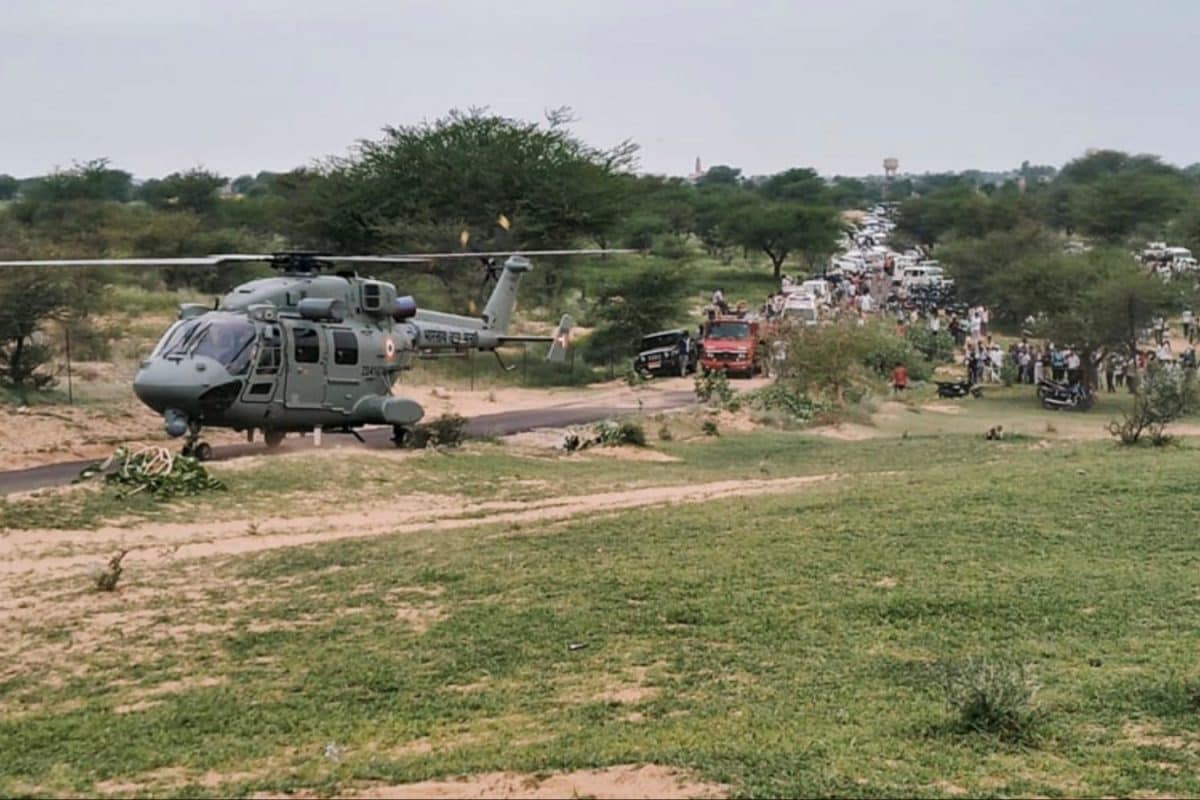

A pall of grief has descended upon the Indian Air Force (IAF) and the family of Flight Lieutenant Rishi Raj Singh, 23, one of the two pilots who tragically lost their lives in a Jaguar fighter jet crash near Bhanuda village in Rajasthan's Churu district on Wednesday, July 9, 2025. The other pilot was Squadron Leader Lokendra Singh Sindhu, 44.
The incident, which occurred during a routine training mission, is the third Jaguar crash in the last five months, raising serious concerns about the safety and maintenance of the aging fleet. The IAF has initiated a court of inquiry to determine the cause of the accident.
According to initial reports, the aircraft crashed in an agricultural field around 12:40 pm, with the wreckage and human remains scattered across the site. Local villagers reported hearing a loud explosion followed by smoke and flames rising from the fields. Emergency services, including police and fire brigades, were immediately dispatched to the scene, and the area was cordoned off.
The IAF confirmed the crash in a statement, expressing deep regret for the loss of lives and extending condolences to the bereaved families. Rajasthan Chief Minister Bhajanlal Sharma also expressed his sorrow and assured that the administration was on alert mode, providing instructions for relief and rescue operations.
While the IAF has not officially released details about the pilots, Rajasthan cabinet minister Rajyavardhan Rathore offered his condolences on X (formerly Twitter) for the deaths of Squadron Leader Lokendra Singh Sindhu and Flight Lieutenant Rishi Raj Singh.
Eyewitnesses at the crash site recounted the grim details of the accident, with one villager stating that the pilot appeared to have made every effort to protect the village. According to this eyewitness, the aircraft took off from Suratgarh air base. This suggests that the pilots may have prioritized avoiding civilian areas, potentially sacrificing their own safety in the process.
The incident has once again brought to light the challenges faced by the IAF, including a shortage of aircraft and the continued reliance on aging fleets. The Jaguar, a twin-engine, single-seater deep-penetration strike aircraft of Anglo-French origin, was inducted into the IAF in 1979. While it has undergone upgrades over the years, its age and the lack of an automatic ejection seat have raised concerns about its continued viability.
Security experts have pointed out that the IAF is currently operating with 31 fighter squadrons against an authorized strength of 42. The Jaguar is the second most widely used aircraft in the IAF, and with India being the last country to still operate this model, maintenance and technical issues are becoming increasingly problematic.
The recent crashes have put a spotlight on the need for the IAF to expedite the acquisition of modern training aircraft and address the systemic issues that may be contributing to these accidents. As the nation mourns the loss of these brave pilots, questions are being raised about the future of the Jaguar fleet and the measures being taken to ensure the safety of IAF personnel.